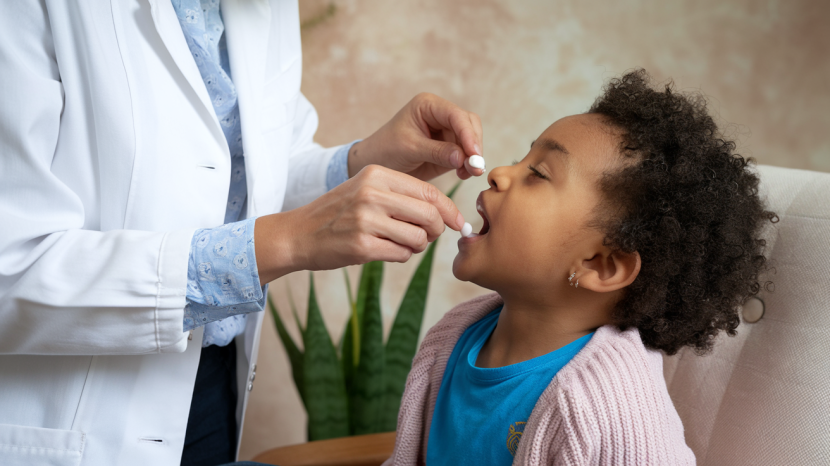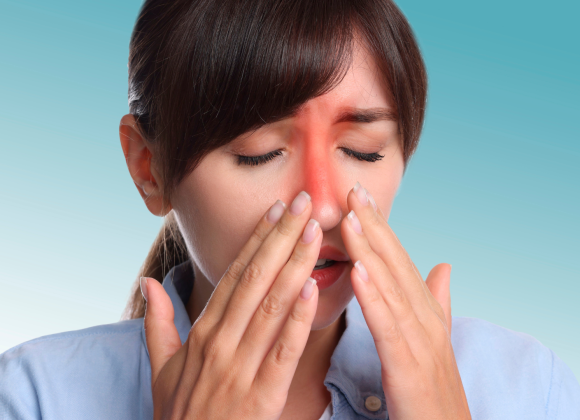As parents, we always want the best for our children, especially when it comes to their health. Many parents today are looking for gentle and natural ways to treat common childhood illnesses. Homeopathy is one such option that has been used for over 200 years. It is a system of natural medicine that focuses on stimulating the body’s healing power. Unlike conventional medicines, which often suppress symptoms, homeopathy works with the body to restore balance and health.
Homeopathic remedies are highly diluted natural compounds, which make them suitable for children of any age, including infants. They do not lead to dangerous side effects and may be combined with traditional medicine when necessary. This makes homeopathy a top pick for most parents who prefer natural remedies for their children.
In this blog, you will see how homeopathy works, why it can be used in children, the most common homeopathic remedies for children’s illnesses, and when to visit a homeopathic physician.
What is homeopathy?

Homeopathy is grounded in two primary concepts:
- “Like cures like”— A substance that will produce a symptom in a healthy individual may be used to treat the same symptom in a diseased individual when administered in minute doses. For example, since onions make our eyes water, a homeopathic remedy made from onions (Allium cepa) is used to treat colds with watery eyes.
- “The minimum dose“— homeopathic remedies are prepared by a unique process known as potentization, whereby substances are diluted repeatedly to enhance their curative power and eliminate any toxic effects.
Since these remedies come from natural sources like plants and minerals, they are safe, non-toxic, and do not cause side effects or allergies.
History of homeopathy

Homeopathy comes from the Greek words Homois (similar) and Pathos (suffering). It was developed in the 19th century by German physician Dr. Samuel Hahnemann (1755-1843), who was looking for a more scientific and less toxic method of medicine. Back then, treatments like bloodletting and purging often did more harm than benefit. Dissatisfied with harmful medical practices, Hahnemann turned to studying and translating medical texts for a safer healing approach.
While translating William Cullen’s “A Treatise of the Materia Medica,” he wondered about the description of how cinchona bark cured malaria. He tested its effect by taking doses of the bark and inducing symptoms of malaria. This made him create the “Law of Similars”—the theory that chemicals producing symptoms in healthy individuals could cure the same symptoms in ill people.
To try and make treatments safer, he diluted drugs through a process known as potentization, in the belief that highly diluted remedies would be able to stimulate the body’s natural healing. He published his findings in the Organon of Rational Therapeutics (1810), which is still a fundamental text in homeopathy. Hahnemann practiced homeopathic medicine for almost 50 years until his death in 1843.
Why choose homeopathy for children?
Homeopathy is gaining popularity among parents due to its effective yet gentle approach. Some of the major reasons why homeopathy is an excellent option for kids are:
Homeopathy is absolutely safe and natural for children, as its preparations are based on highly diluted natural substances, so it is mild and has no possible adverse effects. Unlike many traditional medicines with side effects such as drowsiness, gastrointestinal complaints, or allergic reactions, homeopathy works without side effects. It helps build the child’s immune system for faster recovery, thus lowering the chances of further illnesses. Homeopathy really works for minor ailments, such as colds, coughs, and teething pain, as well as in chronic conditions, such as allergies, eczema, and asthma. The remedies come in easy-to-take forms like sweet-tasting tablets, liquid drops, or powders, making them simple and enjoyable for children.
Common Childhood Ailments and Homeopathic Remedies
Here are some common health problems in children and the best homeopathic remedies for them:
- Cold, Coughs & Flu: Aconitum napellus for sudden fevers, Belladonna for high temps, and Pulsatilla for thick mucus and clinginess.
- Teething Pain: Chamomilla for irritability and excessive crying; Calcarea phosphorica for slow teething involving digestive troubles.
- Digestive Problems: Nux Vomica for discomfort after overeating; Carbo Vegetabilis for seating gas and bloating; Colocynthis for colic pain.
- Skin Problems & Allergies: Rhus Toxicodendron for itchy rashes; sulfur for a dry eczema state; and graphites for weeping rashes.
- Sleep & Anxiety: Passiflora for restless sleep and alarming restlessness at night, Arsenicum Album for night fright, and Kali phosphoricum for overstimulated kids.
Is homeopathy safe for children?
Yes! Homeopathic remedies are safe for toddlers, babies, and older children. Because the remedies are extremely diluted, they don’t include strong chemicals or toxins that will hurt children’s sensitive systems. Homeopathy is also non-addictive and won’t negatively interact with other medications.
Conclusion
Homeopathy is a gentle, safe, and effective method of treating everyday childhood complaints. It supports immunity, encourages natural healing, and can be combined with conventional medicine when necessary. With the proper remedies and correct guidance, homeopathy can be an excellent addition to your child’s healthcare regimen.
If you’re considering homeopathy for your child, always consult a qualified homeopathic doctor to ensure safe and effective treatment. By choosing homeopathy, you are opting for a natural way to support your child’s health and well-being.



